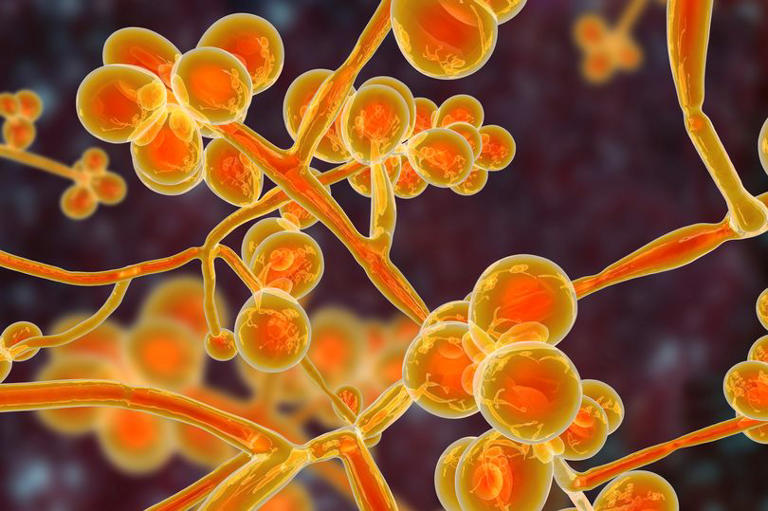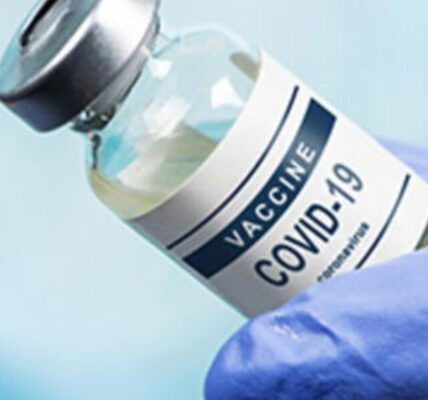“Unveiling the Silent Killer: Candida Auris Epidemic Exposed!”
Title: Understanding the Threat of Candida Auris: A Deadly Fungal Infection
In recent years, a concerning trend has emerged in the healthcare landscape – the rapid spread of Candida auris, a deadly fungal infection with a mortality rate as high as 60%. This resilient pathogen poses significant challenges to healthcare facilities across the United States and beyond.

Candida auris, often referred to as a “nightmare” infection, has garnered attention due to its resistance to common antifungal medications and its ability to spread easily within medical settings. First identified just 15 years ago, this fungal menace has quickly become a pressing public health concern.
The emergence of Candida auris has raised alarms among healthcare professionals and researchers alike. With cases on the rise, understanding the key aspects of this fungal infection is crucial for effective prevention and treatment.
Understanding Candida Auris
Candida auris is a species of yeast that can cause severe infections in humans. Unlike more common types of Candida, which primarily affect individuals with compromised immune systems, Candida auris has been known to infect even healthy adults.
This opportunistic pathogen can lead to a range of infections, including bloodstream infections, wound infections, and ear infections. What makes Candida auris particularly challenging to manage is its resistance to multiple antifungal drugs, making treatment complicated and often ineffective.
The Spread of Candida Auris
One of the most alarming aspects of Candida auris is its ability to spread rapidly within healthcare facilities. The fungus can survive on surfaces and medical equipment, facilitating transmission from person to person. Even asymptomatic carriers can unknowingly spread the infection, making containment efforts difficult.
Healthcare facilities must implement stringent infection control measures to prevent the spread of Candida auris. Isolation of infected patients, thorough cleaning protocols, and adherence to strict hygiene practices are essential components of infection prevention strategies.
Challenges in Diagnosis and Treatment
Diagnosing Candida auris can be challenging, as it can be easily mistaken for other types of fungal infections. Specialized laboratory techniques are often required to accurately identify the fungus, ensuring that patients receive appropriate treatment.
The resistance of Candida auris to multiple antifungal drugs further complicates treatment efforts. Healthcare providers must carefully evaluate treatment options and consider alternative therapies to combat this stubborn infection.

The Role of Climate Change
Researchers have speculated about the potential role of climate change in the emergence and spread of Candida auris. Changes in environmental conditions may contribute to the resilience of the fungus and its ability to thrive in healthcare settings. Further research is needed to understand the complex interactions between climate factors and the spread of fungal infections.
Mitigating the Threat of Candida Auris
Preventing the spread of Candida auris requires a coordinated effort among healthcare providers, public health agencies, and researchers. Robust surveillance systems, early detection measures, and ongoing research into new treatment modalities are essential in combating this formidable pathogen.
Education and awareness are also critical components of efforts to mitigate the threat of Candida auris. Healthcare professionals must remain vigilant and informed about the latest developments in the field of fungal infections, ensuring prompt identification and appropriate management of cases.
Conclusion
Candida auris represents a significant public health challenge, demanding concerted efforts to contain its spread and develop effective treatment strategies. By understanding the nature of this deadly fungal infection and implementing proactive measures to prevent transmission, healthcare systems can mitigate the impact of Candida auris and safeguard patient health.
In the face of this evolving threat, collaboration, innovation, and a commitment to patient safety are paramount. Together, we can confront the challenge posed by Candida auris and protect the health and well-being of individuals worldwide.


